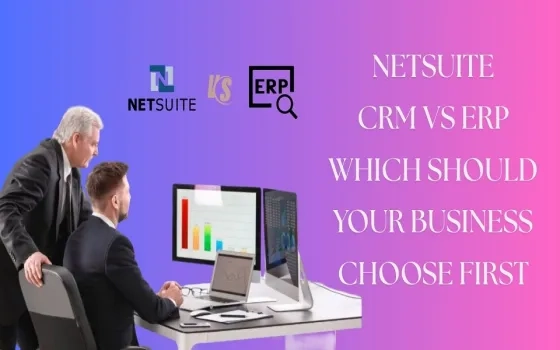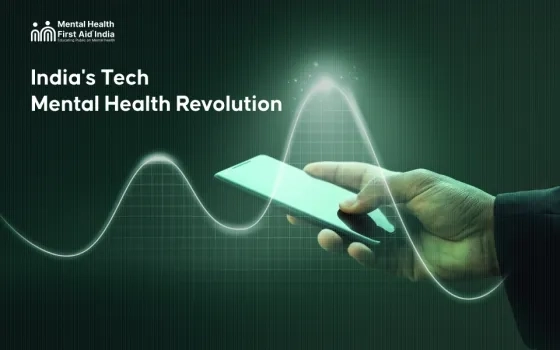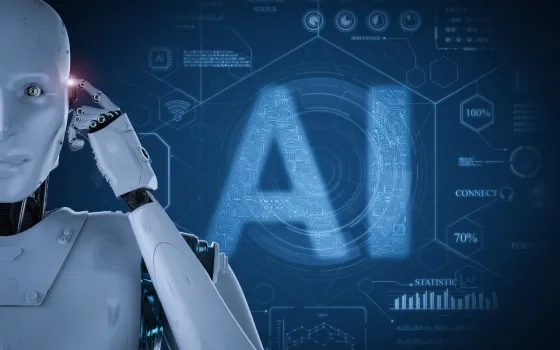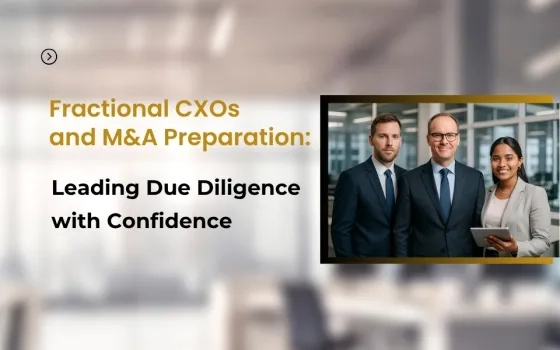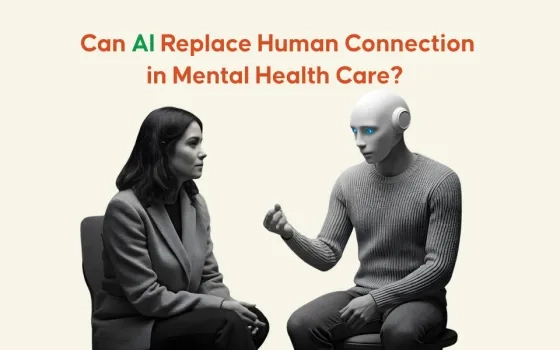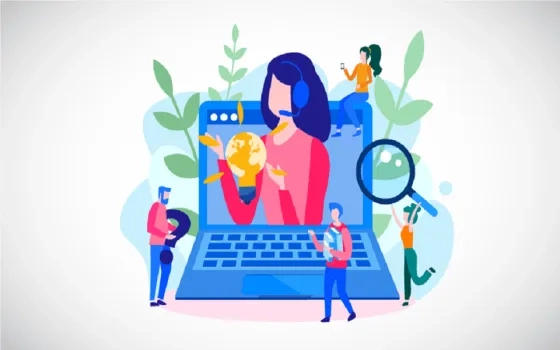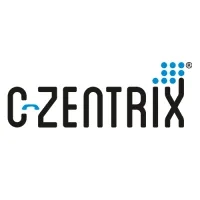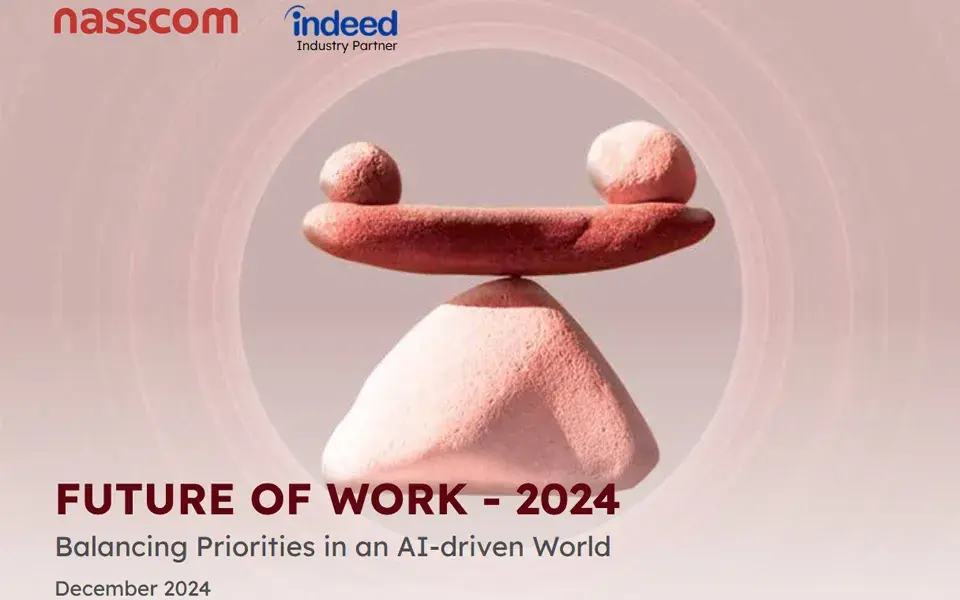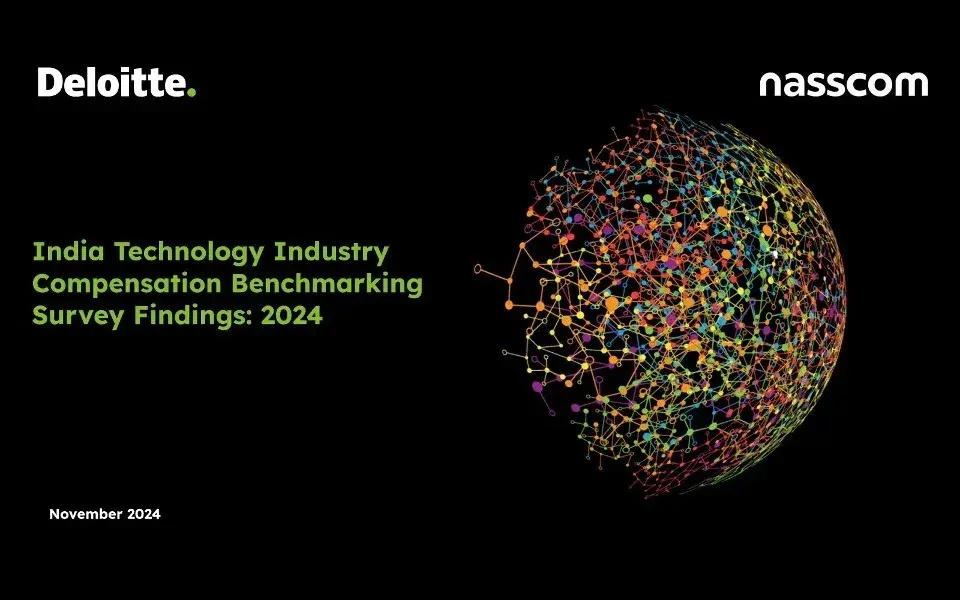“It is not the strongest of the species that survives, nor the most intelligent; it is the one most adaptable to change.” ‒ Charles Darwin
This quote is still apt in today’s world. It imbibes a deep perspective on leadership and management, especially when recent world events present serious challenges that create short-term impacts and trigger long-term changes for businesses. The ability to adapt is the single most important factor for the survival of an organization.
Uncertainties will keep resurfacing and businesses may have to innovate to convert them into opportunities. But more importantly, people and technology are at the center of these changes. Building an agile organization that can respond to any difference is the first step at this juncture.
Acclimating to the future of work will require the entire organization, not just its people, to be equipped with new capabilities. A strategy should be in place to enable a workplace that is inclusive and innovative at the same time. It should factor in social, digital and technological trends to drive the future of work. And this can happen with multiple agile changes over a stipulated period.
What is the future of work?
The future of work involves multiple new work patterns and dimensions that encapsulate the next normal. Needs organizations to rethink strategies aligned with their people and technology to evolve and shape the future of talent. In simpler terms, the future of work can broadly be categorized into four dimensions, namely work, workforce, ways of working and workplace.
- Work: It combines evolving parameters of measuring work in terms of productivity, quality and delivery.
- Workforce: It includes the addition of diversity to the workforce, which is still a relatively untouched area.
- Ways of working: It is all about evolving flexible working ways, with wellness at its core.
- Workplace: Last but not least, it includes future offices, digital processes and IT experiences.
These dimensions have constantly been evolving due to new forces of change like new employee experiences, digital changes around us (including the latest developments in AI) and a sustainability-focused agenda. Organizations may be ready to experiment, but a broader agile perspective is needed to derive value from these changes. That is the only way to consider some prevailing complex questions.
How does agile foster the future of work?
According to Gartner, “Current trends in business and technology show that the way employees work — where, when, why and with whom — have and will continue to change over the next decade, bearing little resemblance to work as it stands today. Also, 16% of employers are more frequently using technologies to monitor their employees through methods such as virtual clocking in and out, tracking work computer usage, and monitoring employee emails or internal communications/chat.”
People feel trusted only in an agile working environment. They get attracted to agile organizations, eventually feeling fully engaged and empowered. Once onboarded, they have the autonomy to present ideas, test, and adapt on the go. And when a consistent organizational agile process is in place, it’s easy for these people to scale up and deliver efficiently, and here’s how.
Our world is ridden with uncontrollable aspects across the four VUCA categories.
VUCA, as we all know, is short for volatility, uncertainty, complexity and ambiguity. These four types of challenges demand distinct responses. Agile organizations are equipped to identify, get ready for, and respond to events in each of the four VUCA categories. How do they go about doing it? Here are the steps that I recommend.
- Mindset: Everything starts with a mindset change, i.e., having winning thoughts, beliefs and ideas that can pay off. As the COVID-19 situation portrayed, we adapted quickly to embrace remote working ways and then hybrid, which is the norm now. Having a growth mindset can help an organization move forward. All they need to do is capitalize on learnings and better working methodologies and eventually deliver lasting value by converting challenges into opportunities.
- Incremental approach: Once the growth mindset is in place, it is followed by actions to succeed. In order to achieve this, a significant goal can be sliced and diced into smaller attainable milestones or goals. This is like we enter a game of soccer while the overall aim is to win the tournament, but the goals and targets are divided into winning the league, then winning the match, and then winning the session. This is where bigger thinking is needed.
- Iterative: This is an effective process of developing a large product in bits and pieces. Each part is developed as an “iteration,” which imbibes steps like planning, design, development, and testing. No matter how the workload is divided, some organizations check these boxes and do more! Having said that, what helps a company navigate the potential impacts of uncertain times depends on the people’s resilience.
One example that caught my attention lately is how new laws or regulations are set up at a country level. The process invokes a high-level study, followed by the drafting of a bill and then discussions. It is then placed for public view and is improved and polished further, sometimes even after the launch. Even in such a scenario, staying iterative is key.
- The actual application of the S-curve: A famous quote by Peter Drucker goes like this, “The best way to predict the future is to create it.” On that note, the renowned S-curve of innovation (representing product performance, competitive advantage, or generated value over time) ties perfectly with the saying. It signifies that anything new has multiple stages. For instance, projects start with a seeding stage and then take off smoothly to attain maturity and eventually discontinue. Hence, every business must know what stage the ongoing projects are at. Also, any firm can start a new S-curve before the maturity of the previous S-curve is attained. Organizations doing it rightfully get to lead in the market. And from the future of work perspective, there are so many new ways of doing business when there is flexibility.
- Continuous steps of onboarding, scaling and staying agile: A stable workforce is theoretically deemed optimal for organizational success. Also, new team members must join ongoing agile projects at regular intervals. At this juncture, agile techniques, as well as traditional approaches, can help with onboarding. Once the workforce grows, the organization may scale up its utilization of agile. For instance, simple techniques like pairing a newcomer with an experienced team member, providing communication tools, establishing role modeling and conducting regular knowledge exchanges can help people settle faster and reimagine themselves in their new roles to become more efficient ultimately.
- Focus on outcome: While organizations slowly realize the worth of agile and take their agile practices outside the core business service, now is the time to build lasting processes. This can be done if they evolve how success is perceived. Businesses need to focus on continuous improvement, track process metrics and follow best practices, but they also have to step back from time to time. This is crucial to analyze the desired outcome and realize the actual impact. In order to track progress correctly, it’s essential to see if the needle has moved at all. In the context of the future of work, it is like we are seeing that it has to serve the purpose of employees and businesses.
- Breaking the silos: While the world of work keeps evolving and expanding, self-driven leaders need to fill organizational gaps and make robust strategic plans. The focus right now is for everyone to be flexible, thrive and grow, despite unforeseen circumstances. Gone are the days of closed silos and rigid hierarchies!
The world already knows hybrid working is here to stay, and disruption and innovation have become commonplace. How people learn and interact and how business is conducted has changed drastically as we swerve toward the edge of the precipice of a tectonic shift in work norms. The workplace of the future is constantly evolving amid a strong emergence of a distributed workforce. As a result, two essential qualities need to be fostered in people — agility and resilience. When it comes to the future of work, all parties need to stay connected and work together with a high degree of inventiveness and willingness.
No matter how you slice it, some organizations have already checked these boxes and done way more! Having said that, what helps a company navigate the potential impacts of uncertain times depends on the resilience of its people. Building a strong culture of preparedness ahead of time can help instill an agile mindset. Being agile can eventually help any organization swiftly pivot to greener pastures as and when needed. As my favorite saying by Confucius goes, “Our greatest glory is not in never falling, but in rising every time we fall,” likewise leaders need to equip people with all the right tools to traverse through tough times so that they can find their way to the shores of hope.
About the author:
 Mukul Pachisia
Mukul Pachisia
Global Operations Leader, EY Global Delivery Services
Mukul is the Global Operations Leader, at EY Global Delivery Services (GDS). In this role, he drives the vision, operational strategy and implementation, acquisitions, divestments, operating model, and other transformation initiatives across EY GDS to create long-term value and deliver a world-class experience for our people and clients.
Mukul has over 25 years of experience. Before his current role, he was the Strategy and Business Intelligence Leader for GDS working on large transformational projects having an organization-wide impact.
Since joining EY in 1996, Mukul has held several roles including client service in the initial years of his career and the role of Chief Financial Officer at GDS, where he fostered the culture of operational excellence and, successfully helped drive organization profitability, enabling higher growth. He has also played a vital role in the set-up and growth of GDS locations - now spread across 10 countries and growing, with the most recent one opened in Malaga, Spain.
Mukul is a Chartered Accountant and has also completed the Executive General Management Programme from the Indian Institute of Management (IIM), Bangalore, India.
He is passionate about serving the community and is closely associated with the EY Corporate Responsibility program




